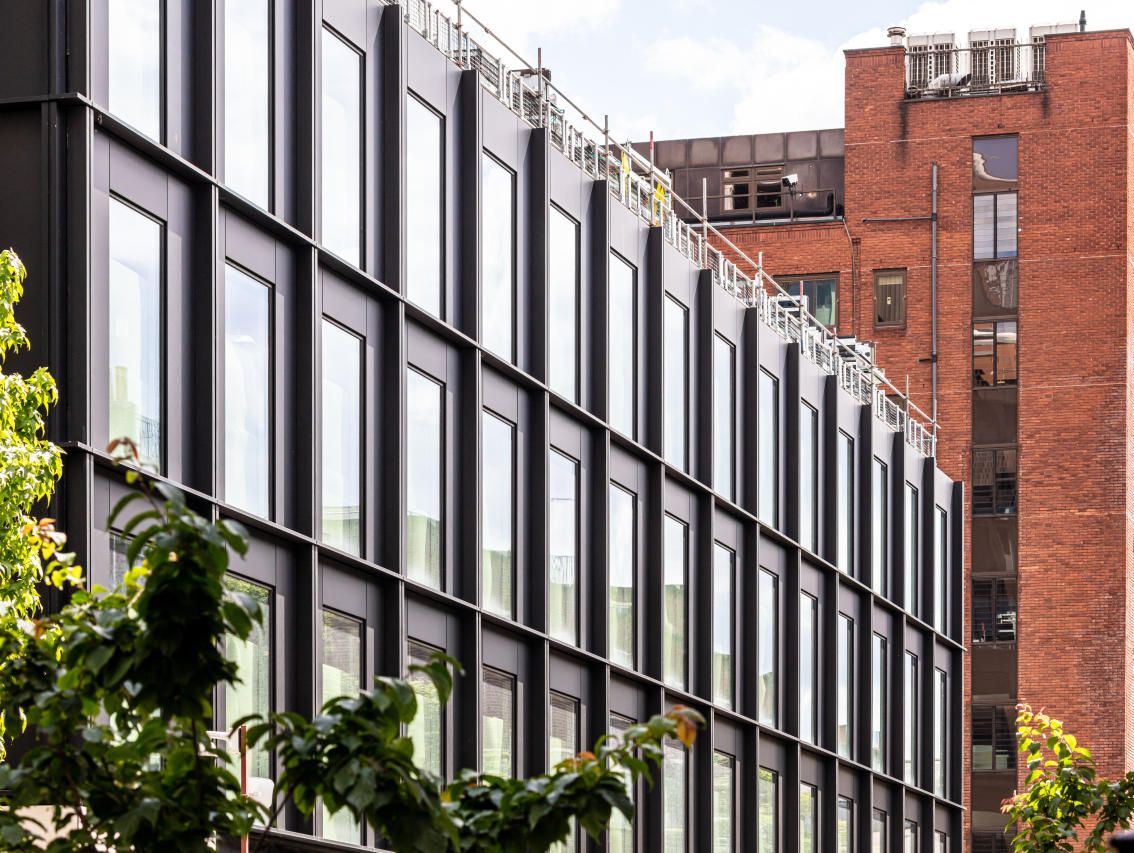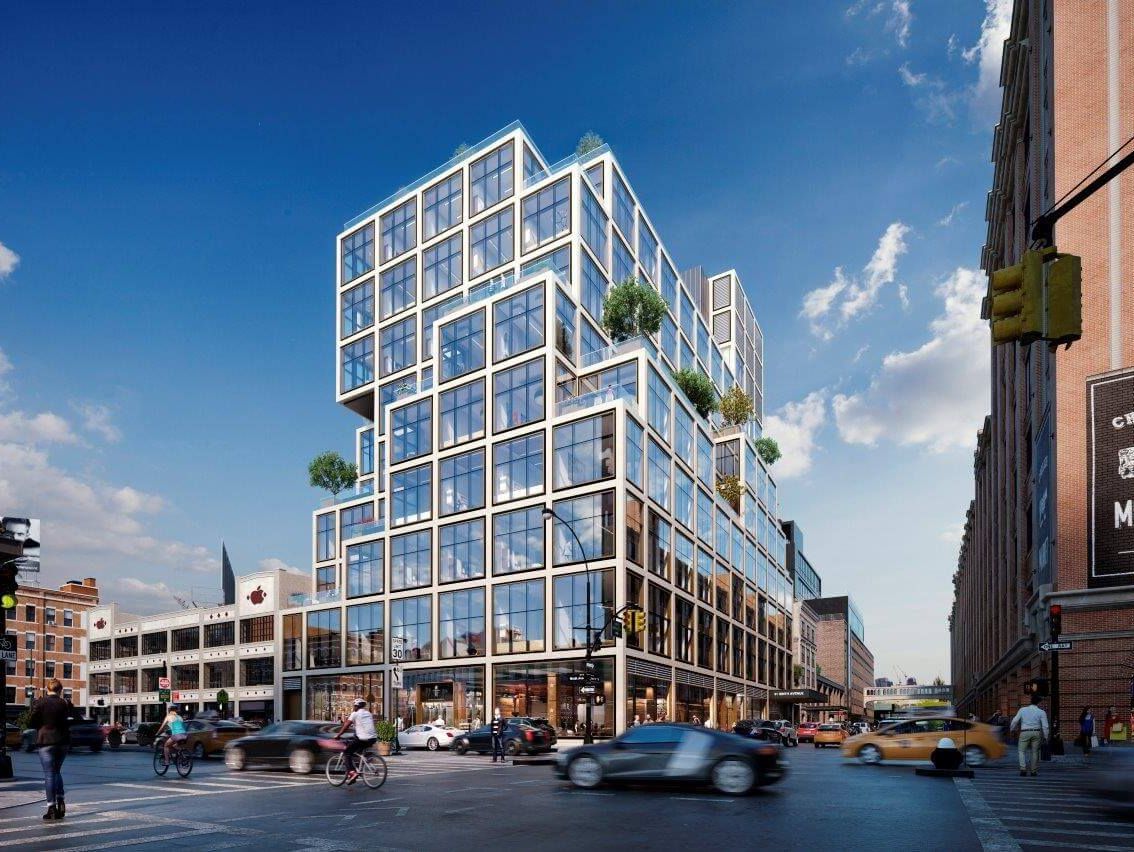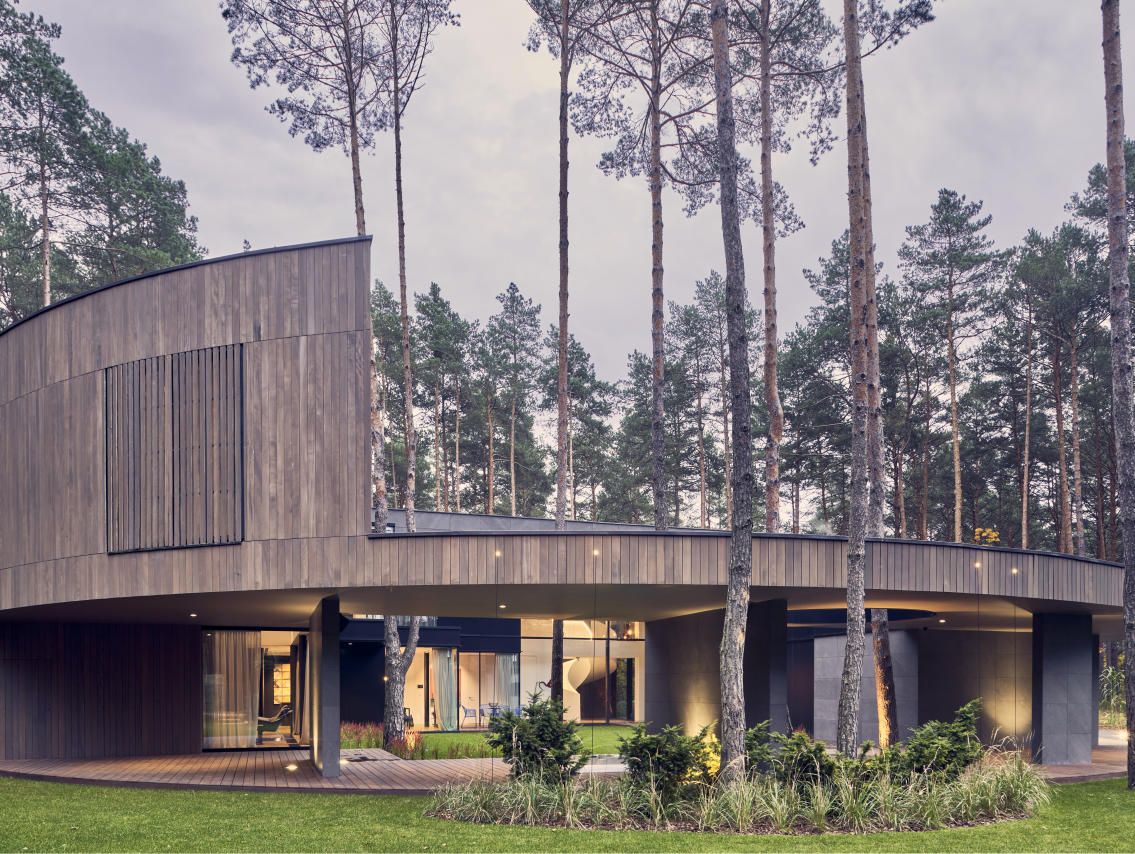Social responsibility of architects in educating investors
The share of green building in building projects is growing, year by year. Architects are one of the most important advocates of change in this area. How can they promote green building solutions and technologies in talks with investors? Which arguments resonate with corporate investors and which ones with individual investors?
The role of architects in popularising sustainable building
There are more than half a million architects in Europe. Of these architects, 57% often design low-energy buildings. Each of them can be an ambassador for ecological changes in the construction industry and actively influence the living conditions of everyone – not only those who will live in or use a building designed by the architect. This is a socially responsible profession, and its role in improving the climate of the entire globe cannot be overestimated.

The Forge, London, UK. Systems used: MB-SE 120 SUM
Corporate clients – which arguments about eco-construction resonate with them?
When presenting long-term business benefits connected with construction based on the use of materials and technologies supporting ecological construction, the architect should pay attention to such aspects as:
- Lower investment risk associated both with preferential conditions for construction that meets the green building certification standards and other associated issues with the growing demand for such buildings.
- A lower risk of corporate or commercial ‘vacant buildings’.
- The greater ease of acquiring tenants or purchasers for the space inside such a building by the investor, as well as higher rents achieved by the tenants in facilities of this type.
- Lower building operating costs, which is important both for the investor and the target tenant.
- PR benefits connected with investments in ecological solutions and the possibility of using this fact in communications and, consequently, more effective acquisition of new customers.
- The possibility of recovering part of the invested capital if the building has to be demolished by recycling the raw materials used for its construction.
Circular construction – Let’s build a better future
Ensuring a 50% reduction in the consumption of primary raw materials by 2030 and creating a fully circular economy by 2050 is one of the Dutch economic objectives. This cannot be achieved without the construction industry making a significant contribution to the whole process. That means increasing the use of recyclable building materials.
Although most building materials can in theory be recycled, many of them can only be recycled to a small extent (for example, concrete, which does not retain its full properties when recycled, is expensive to transport due to its enormous weight and creates a significant carbon footprint).
However, there are building materials that can be recovered and recycled almost endlessly.
‘The recycling rate of aluminium during demolition ranges from 92% to 98%,’ confirms Michiel van Duren, Managing Director at Aluprof Netherlands B.V., which in its strategy for 2021–2025 places strong emphasis on achieving climate neutrality. ‘We are steadily increasing the share of recycled aluminium scrap in the overall production of our components. Today we can proudly report a 65% share of recycled aluminium scrap on average.’

61 Ninth Avenue, New York, USA. Systems used: MB-SR60N, MB-SR60NY
Individual investors – different needs but similar construction solutions
Many individual investors do not know that it is buildings that are responsible for the consumption of about 40% of energy and 36% of CO2 emissions in the EU. They are often unaware of the scale of the problem related to the environmental burden of construction. On the other hand, their personal comfort related to the use of the building is important to them. In communications, it is therefore worth emphasising not only the social or global benefits of green building, but also the particular benefits of using materials and technologies that reduce the day-to-day costs of using a building.
For this kind of customer, the rate of investment growth is important, understood as a reduction in the operating costs and additional costs related to the maintenance of the facility in a deteriorated condition (durability of materials, solutions, but also the lack of risk of the facility value loss in time).

Circle Wood House, Izabelin, Poland. Applied systems: MB-77HS and MB-SR50N
Future builders – support for Aluprof architects
Guiding investors towards green building is an important mission, which can be successfully accomplished with access to up-to-date and modern knowledge about sustainable construction.
‘The Future Builders platform has been established to provide architects and other persons involved in the investment process with substantive support based on the latest research and trends, allowing them to create projects that are modern and compatible with the idea of sustainable construction. Meetings with world-class architects, designers, urban planners and industry specialists are an extremely valuable source of inspiration,’ explains Bożena Ryszka, Director of Marketing and PR Aluprof.
